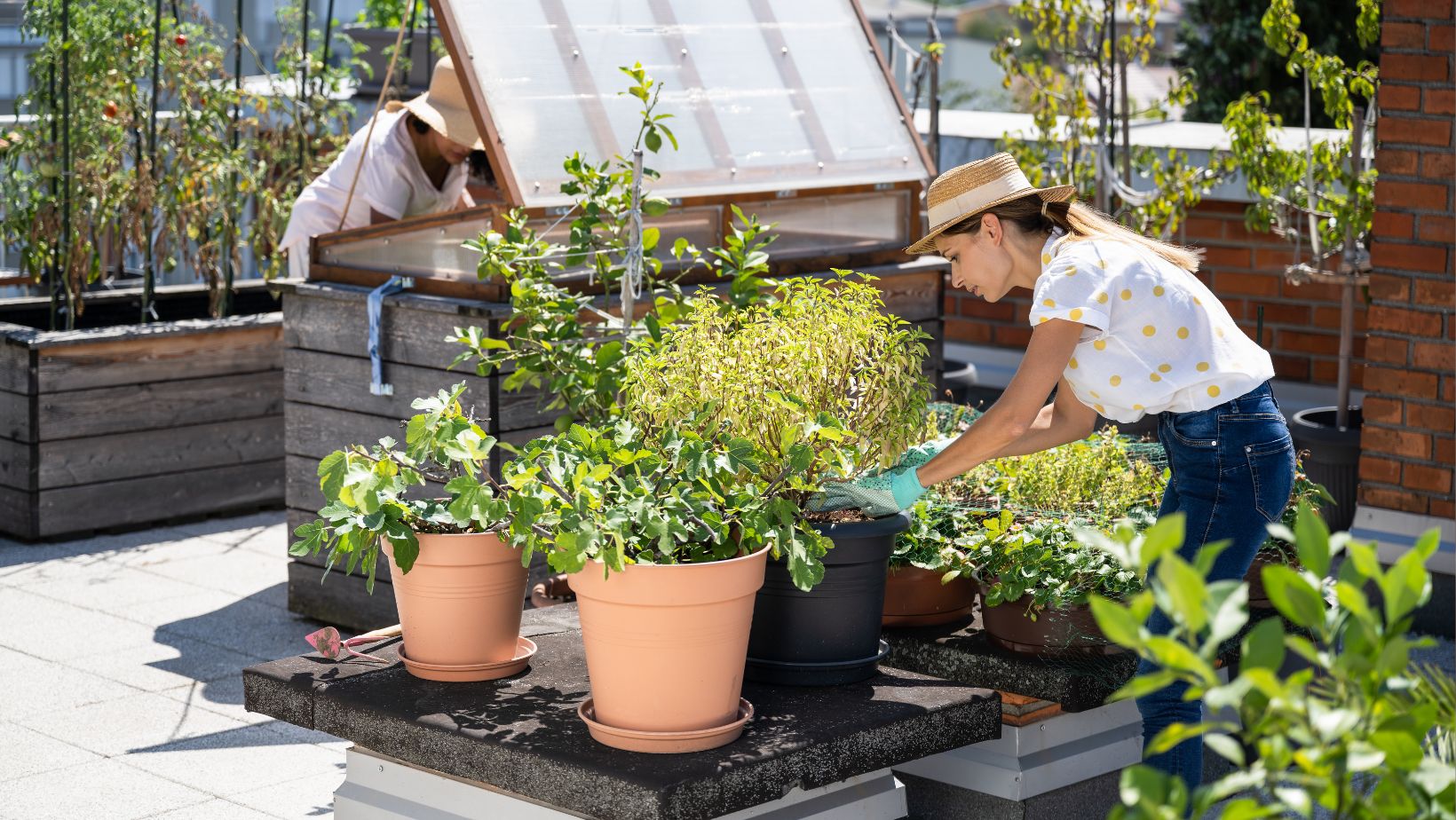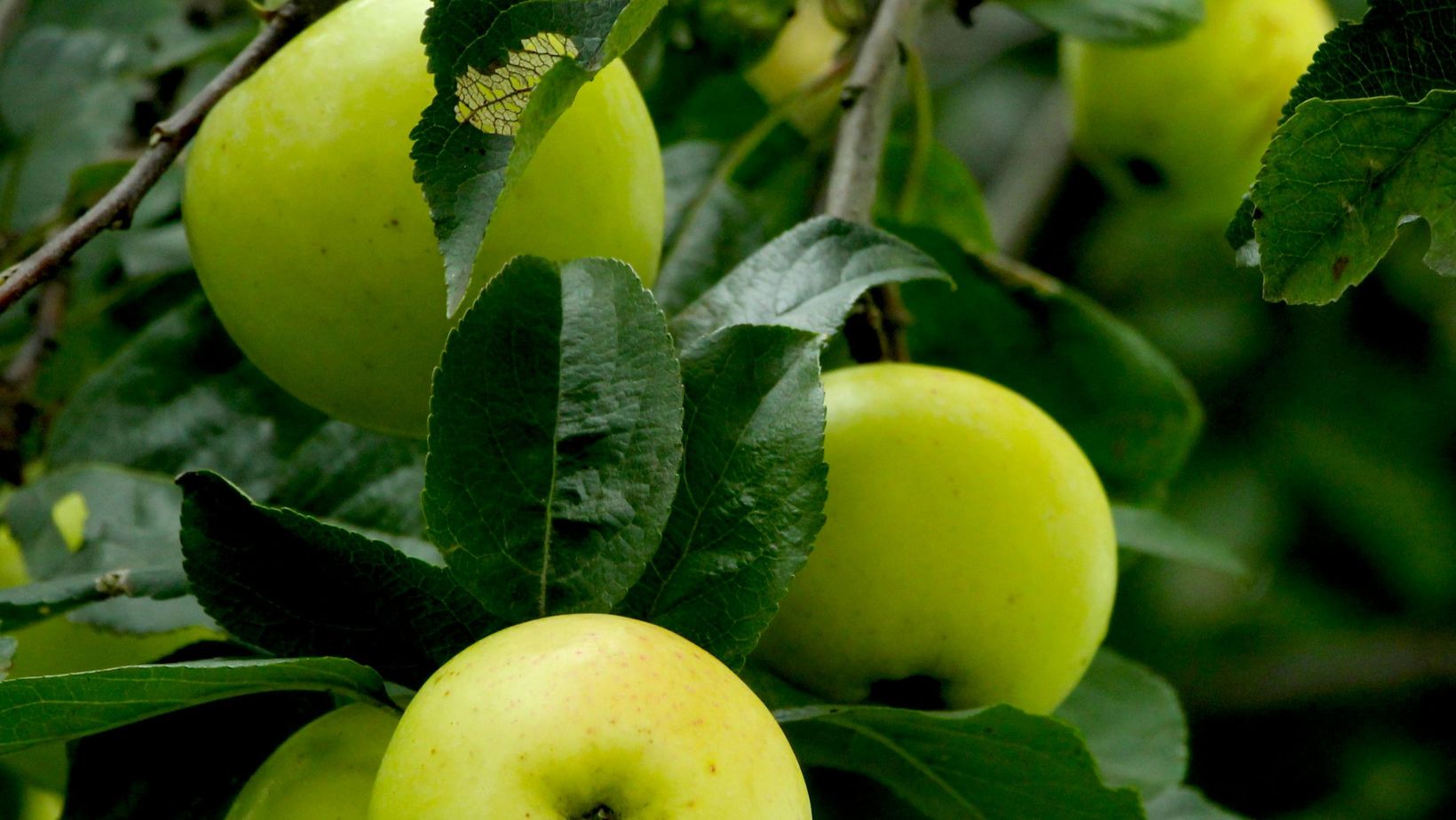Are you tired of being surrounded by metal, glass, and concrete structures? Many of us feel disconnected from our surroundings, and just an hour’s walk in the woods cannot break up.
While patio or backyard landscaping are common and incredible green options, there’s another that many homeowners miss. Have you thought of transforming your rooftop into a vibrant garden?
We’re sure your Pinterest board is full of pink and white flowers, red heirloom tomatoes, and garden boxes. It’s time to manifest it through a green roof. You can undertake this project in place of or despite a backyard garden.
However, there are a few important steps for that to happen. In this article, we will discuss five steps crucial to creating a lively garden right on your home’s rooftop.
Table of Contents
ToggleCheck With Local Building Codes
The first thing you need to check is your local building codes. This is because they can potentially prevent you from installing a rooftop garden.
The Environmental Protection Agency (EPA) states that green roofs or rooftop gardens in urban environments help mitigate the ‘heat island’ effect. This happens because the surface temperature of green roofs is 56° F lower than that of conventional roofs.
As a result, the surrounding air also becomes cooler. Such benefits can be yours if your local building codes permit rooftop gardening. Having a green roof is not altogether forbidden, but there are certain regulations to follow in terms of drainage, roof load capacity, fire safety, and plant selection.
You need to comply with all the local codes before you can proceed with setting up your rooftop garden. These codes are required and ensure your safety as well as proper garden growth.
For instance, it’s important to ensure that your property’s roof can handle the additional weight of a garden. This is all the more crucial during the rainy months. Similarly, certain plants might be considered fire hazards and improper drainage can lead to water accumulation that will damage the structure.
So, start by contacting your local building department to understand codes that regulate rooftop gardens. Then, you can work with professionals to design a system that complies with all the necessary codes.
Get Structural Support Added
Based on the local building codes, you will have a clear idea of whether your existing roof has the capacity for a garden. Now, at least three factors come into the picture –
- Age – Is your existing roof 10 years or older? Then, it’s highly likely that its structural integrity is compromised.
- Asphalt roof – This type of roofing material is not usually suitable for growing a garden. Planter boxes will leave indentations in the material, thereby allowing water in.
- Slope – It’s not impossible to grow a rooftop garden on a sloped surface, but it’s tricky and requires extra structural support.

The truth is most rooftops do not automatically qualify for gardening. However, it can be done by adding structural support. In some cases, this may mean completely changing a sloped surface into a flat one.
In others, it may be as simple as changing the roofing material. Especially for flat roofs, the EPDM is a gardening-friendly, waterproof, and durable material. According to Roofing Wise, this material can survive the harshest conditions and is resistant to high impacts.
EPDM is easy to install, does not easily show dirt or deterioration, and can last for up to 30 years. When overlaid with a proper growing medium and vegetation, it becomes a solid membrane for a rooftop garden. However, only the professionals can help you with proper weight considerations.
Choose Plants and Containers
A rooftop garden is such a beneficial and sustainable idea that growing one even if it calls for a roof replacement is worth it. Once your roof’s structural integrity is up to the mark, it’s time to select the plants you would like to garden.
Begin by eliminating any plants that are completely forbidden by your local building codes. For those that may be fire hazards, you can choose them only after you’ve ensured there is a solid fire safety system in place.
In general, we would recommend selecting plants based on your local area’s weather conditions. In other words, consider the amount of sunlight available on your rooftop along with the level of wind resistance that is needed.
Always start with plants that are hardy, which means they are relatively easy to grow. These include some vegetation like cherry tomatoes and lettuce, along with plants that improve air quality. Let’s see a rundown of weather considerations –
- Wind – If your rooftop is accustomed to strong wind forces, choose plants with sturdy stems and flexible foliage.
- Sun – If your rooftop receives plenty of direct sunlight, choose plants that enjoy lots of sunlight and heat.
- Tough conditions – You should ideally have a mix of plants that can take almost anything nature throws at them. The Guardian shared a list of such houseplants, including Snake Plants, Aloevera, and English Ivy.
Once you’ve selected what to plant, it’s time to decide what to plant them in. In other words, choose relevant containers based on plant size, the material of the pot, drainage needs, and the shape that best suits the root system.
For instance, you can choose wider and larger pots for plants with extensive root systems. As for climbing plants, hanging baskets would be ideal.
Prepare the Soil
The anatomy of a rooftop garden would reveal the vegetation followed by the soil. Good soil and fertilization are needed to ensure your plants grow healthily.
Focus on creating a lightweight, well-draining soil mix. You can make this happen by combining good-quality potting soil with amendments like vermiculite, coco coir, and compost.
These will enhance the nutritional content of the soil. Before planting, you may need to check and adjust the soil’s pH level. If the pH level is lower than required, add more lime to the mix. In case you need to bring down the pH levels, add sulfur.
For raised beds, you can use a layer of crushed stones or gravel for extra drainage. Take all of this to the next level with worm castings that make for a rich source of nutrients.

All these are general requirements. You still need to look into any specific needs your plants may have. Certain crops do not grow well until amendments like bone meal (phosphorus) and Epsom salts (magnesium) are added.
As you prepare the soil, here are a few important considerations to make –
- Always ensure there is a proper drainage layer beneath the soil. This will prevent waterlogging, especially on flat roofs.
- Invest in containers that have sufficient drainage holes and depth for proper root growth.
- If you’re planting directly onto the rooftop, you may need to use a root barrier system. It will prevent the roots from penetrating the waterproofing membrane.
Set Up Wind Blocks
Windblocks or windbreaks are an essential part of smart landscaping of any form. The Department of Energy shares that well-maintained landscaping also provides excellent wind protection, which reduces home heating costs.
Now, how does that apply to a rooftop garden? You will have to set up artificial means of blocking strong winds. Otherwise, the winds will uproot your tender plants easily. This is particularly true of sloped rooftop gardens.
Check whether your area’s winds are too strong for your plants to bear. If yes, set up windbreaks around your plantations. A simple perimeter wall or a trellis will be enough to make this happen.
You may also have natural wind blocks in the form of exceptionally tall plants. Besides reducing the drying and chilling effect of winds on plants, these breaks prevent soil erosion.
We hope this article has gotten you all excited to start your rooftop garden project. The Daily Free Press shares that green roofs are a glimmer of hope amid vast concrete jungles.
They are no longer something only Whole Foods and other supermarkets need to grow. American households can equally derive their benefits, provided some special considerations are taken care of.





